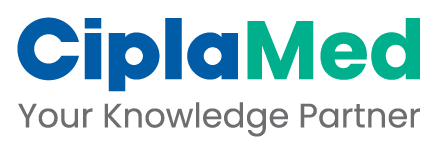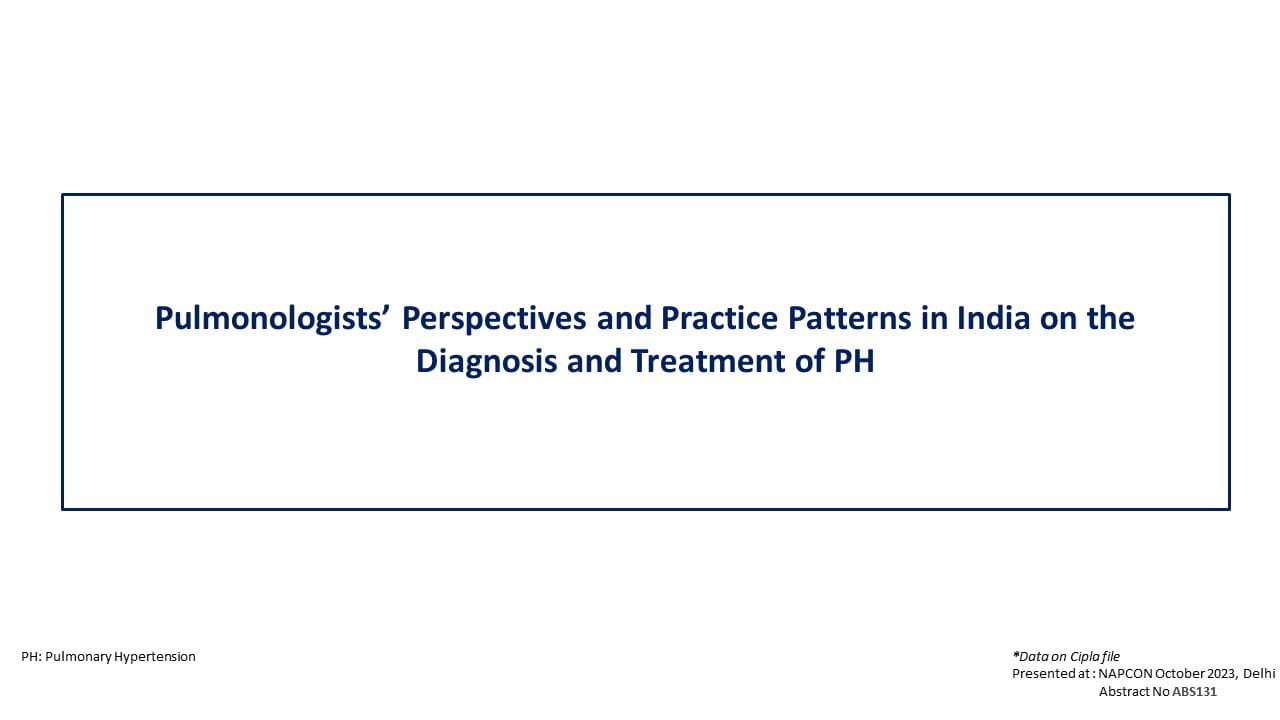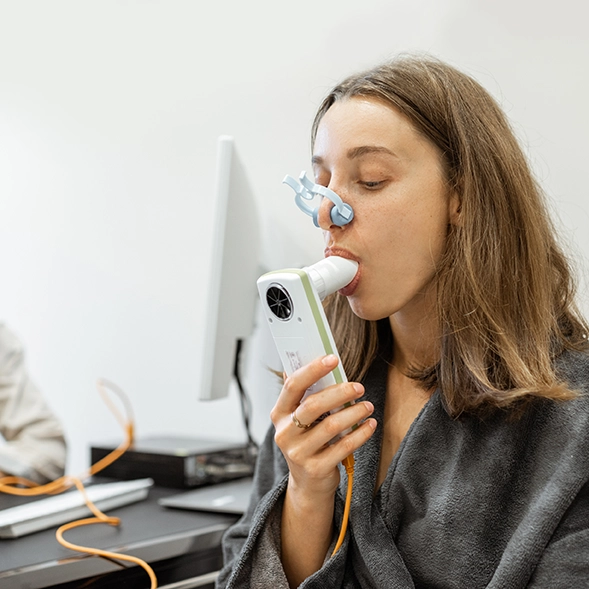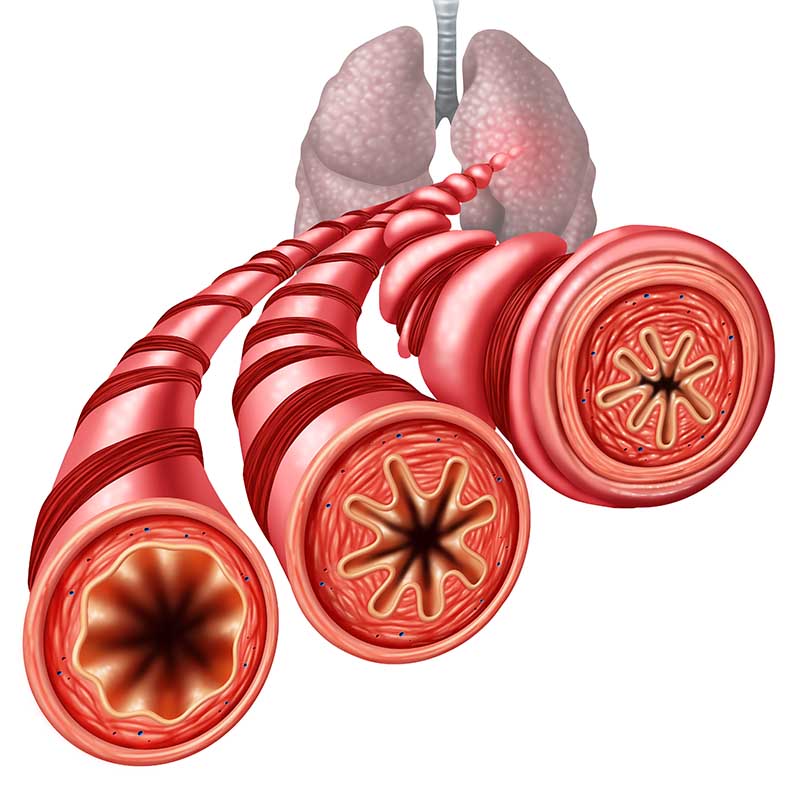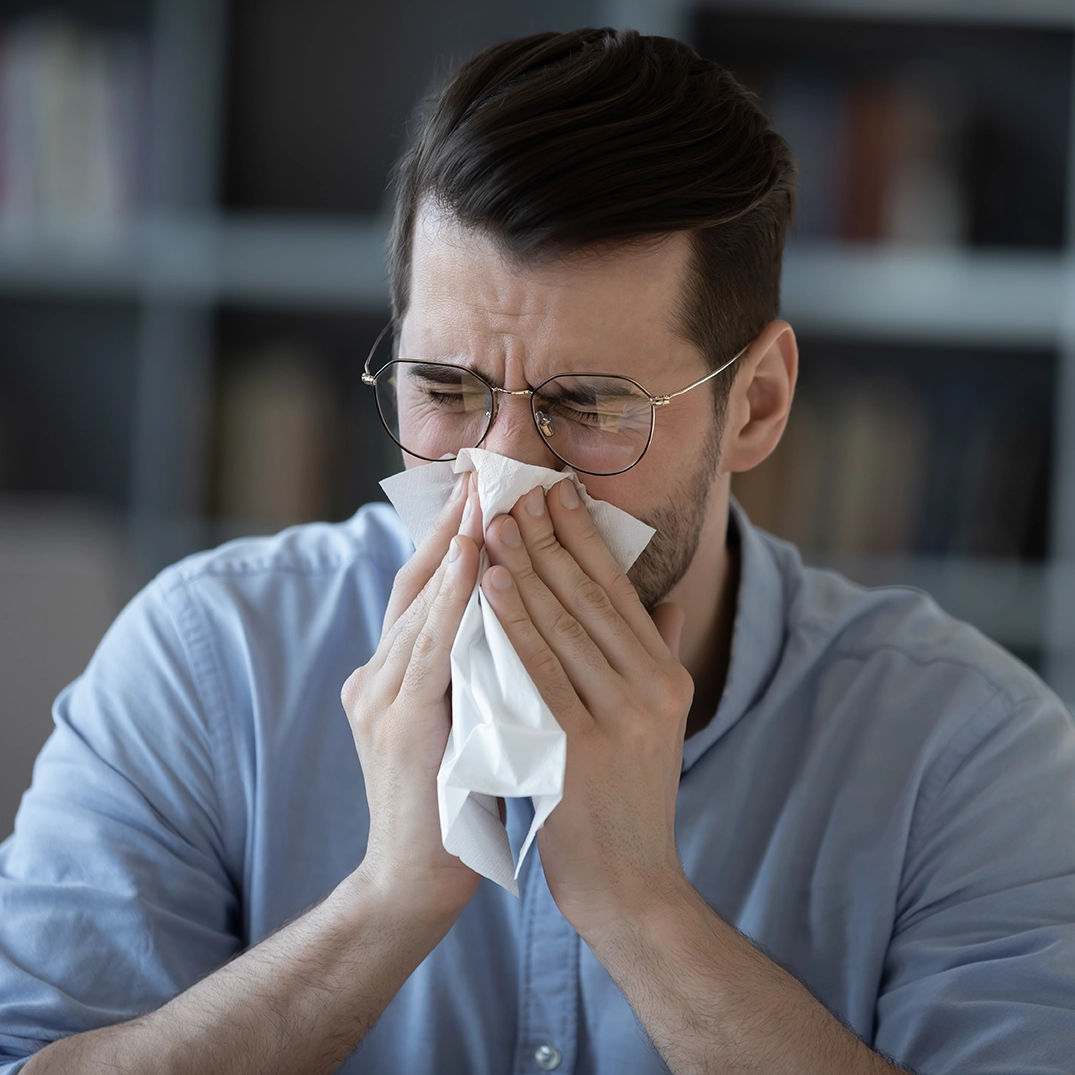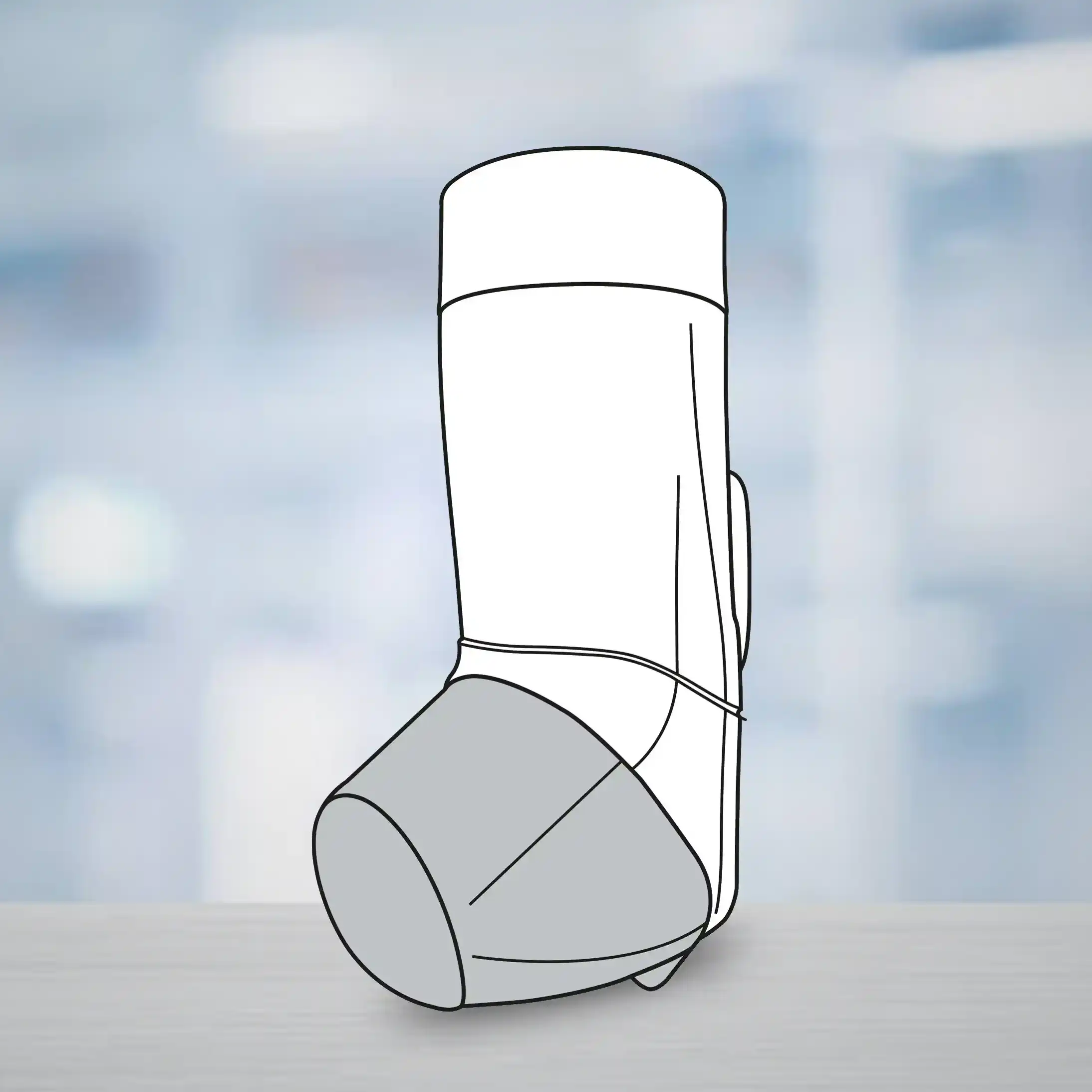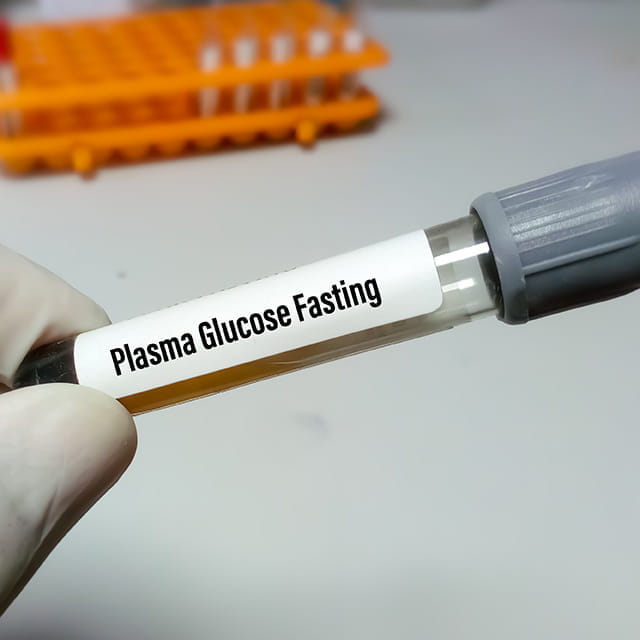Introduction
Bronchiolitis is a common lower respiratory tract infection affecting infants and neonates less than 1 year old. Being a major cause of hospitalization in children during the first year of life, bronchiolitis is associated with inflammation of the bronchioles in the lungs. Symptoms include coughing with tachypnea, fever and wheezing. Cases having severe nasal congestion are prone to dyspnea caused by tracheal obstruction, leading to respiratory failure. Recent studies have demonstrated clinical benefits of 3% hypertonic saline (HS), which moisturizes the airway, increase mucosa cilia function, increases the elimination of obstructive sputum, and reduces the edema of airway.
Aim
This systematic review and meta-analysis assessed the efficacy and safety of nebulized 3% HS for treatment in children with bronchiolitis.
Method
Study Design
- Randomized controlled studies (RCTs)
- Cochrane, EMBASE, PubMed and Airiti Library Databases were systematically searched.
- Studies evaluating the effects of 3% HS and normal saline in children <18 years with bronchiolitis were included
- Pooled risk ratios (RR) and mean difference (MD) were estimated.
End Points
- Severity of respiratory distress using the Clinical Severity Score (CSS) and Respiratory Distress Assessment Instrument (RDAI)
- Length of hospital stay (LOS)
- Rate of hospitalization
- Rate of readmission
- Time of sleeping at night
- Frequency of waking up at night
- Adverse events (AEs)
Results
- A total of 32 RCTs with 4186 children were analyzed.
- Out of 4186 children, 50.2% were treated with 3% HS and 49.8% were treated with normal saline
- The baseline characteristics of the treatment and control groups were similar
- The differences in the score for respiratory distress severity were significantly greater in the treatment group in the studies that used CSS (n = 8; MD, − 0.71; 95% CI, − 1.15 to − 0.27; I2 = 73%) and RDAI (n = 5; MD, − 0.60; 95% CI, − 0.95 to − 0.26; I2 = 0%) for evaluation respectively.
- The children using 3% HS for nebulizing treatment had a 0.54-day shorter LOS than the control groups (n = 20; MD, − 0.54; 95% CI, − 0.86 to − 0.23; I2 = 81%).
- Treatment with HS reduced the rate of hospitalization significantly (n=8; RR 0.85)
- There were no significant differences in the rate of readmission in the treatment and control groups (n=4; RR 0.72)
- Children using HS had 1.72 hours longer sleep time at night
- Treatment with nebulized 3% HS significantly reduced the frequency of waking up at night by 5 times as compared to normal saline
- All AEs were mild and resolved.
Conclusions
- Nebulization with 3% hypertonic saline solution significantly reduced the severity of respiratory distress as well as the length of hospital stay and increased the time of sleep at night as compared with 0.9% saline solution among children with acute bronchiolitis.
BMC Pediatr. 2020; 20: 434. Doi: 10.1186/s12887-020-02314-3

